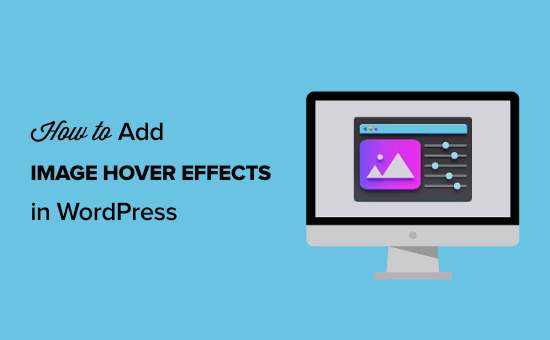

Why does that have to end at email? The more we add interactivity to our emails, the more it becomes expected rather than a novelty, ESPs will be compelled to expand their support for more advanced code, and we’ll be ever closer to providing a more seamless experience between web and email. We’re all used to experiencing interactivity and kinetic feedback when navigating the web and mobile apps. Adding simple interactive elements to your email designs can have a major impact, make your emails more engaging, and uplevel your subscribers’ experience.Īt Litmus Live Boston 2017, Alice Li, Email and Web Developer at Shutterstock, shared her tricks for getting started with interactive email design, making her talk one of the most popular sessions of 2017’s conference. For small email teams or email beginners, interactivity still seems out of reach. So far, interactivity seems to be the playing field of big-name brands with email teams that have truly mastered the art of advanced email. According to our State of Email Creative research, 85% of all email respondents have not experimented with interactive email yet. However, interactivity in email is far from becoming mainstream. (We also sent an interactive newsletter in November! Check it out here.)

And indeed, we did see some truly inspiring interactive emails, including these masterpieces from Nest, B&Q, and Burberry. Interactive email lead the list, with 27% of marketers saying that 2017 would be the year of interactive email. In the beginning of 2017, we asked over 1,200 email marketers about what they think will be the biggest email trend of the year.


 0 kommentar(er)
0 kommentar(er)
